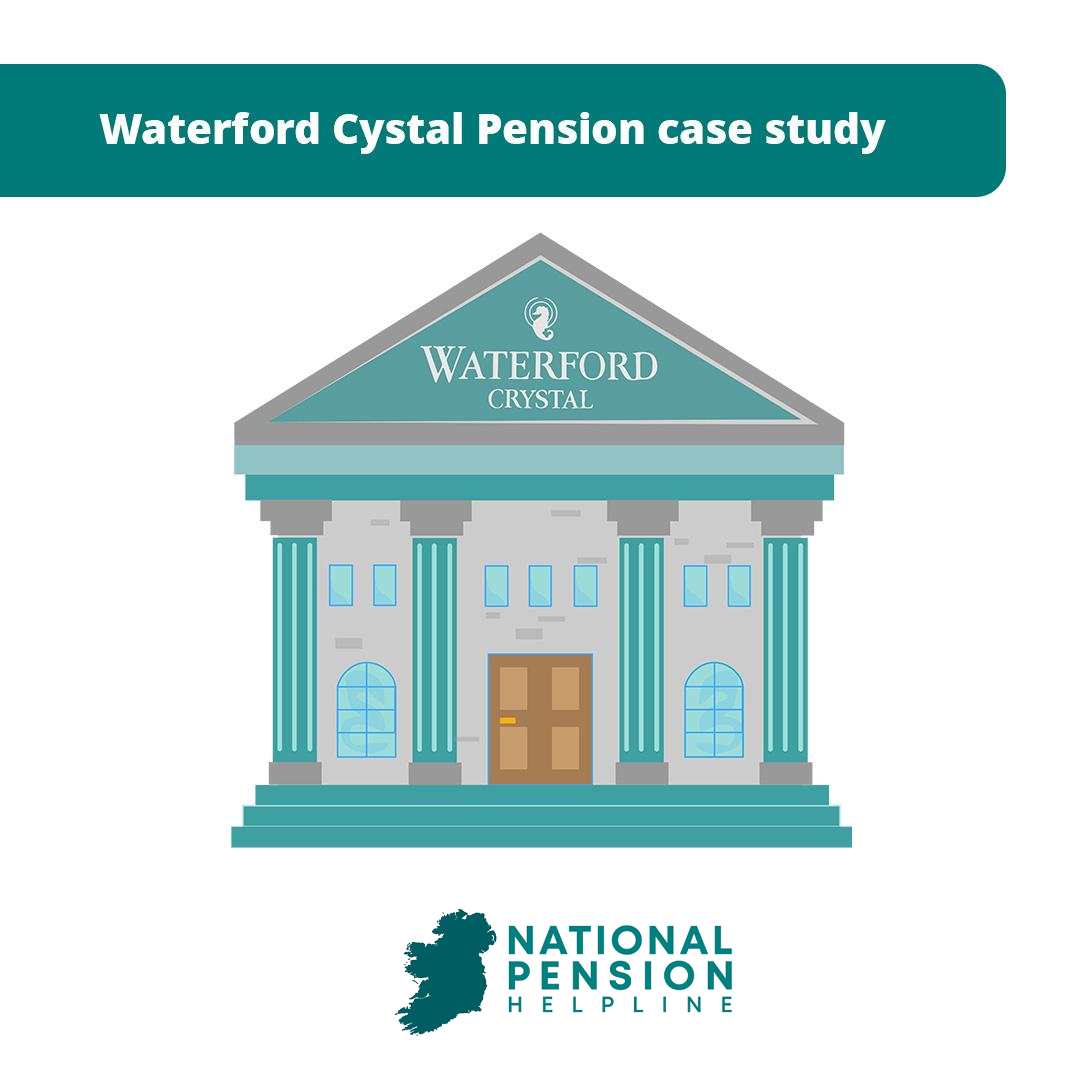Waterford Crystal employees showcased what could happen if a company puts lack-lustre effort into protecting workers.
In a nutshell
After suffering losses to their pension scheme, individuals employed by the company discovered their company pension funds had no protection system – and decided to do something about it.
In the court case that was labelled by lawyers to be one of ‘enormous significance’, 10 workers put their issues to the European Court of Justice in Luxembourg and fought the State for its failure to establish a pension protection system.
The disgruntled victims sought compensation amid claims their rights were not being sufficiently protected to shield them in the event of employer insolvency.
Winning back their weirs, the claimants were sent home victorious and in January 2009, Waterford Crystal saw itself placed in receivership.
Following this ruling, two months later the company’s pension schemes were also wound with a deficit of nearly €110 million.
The workers’ payout
In the aftermath of the exposure, employees that fell victim to a lack of pension protection were offered compensation representing between 18 percent and 28 percent of their overall entitlements.
Despite the proposed settlement, old cases were dug out and rulings of a 2007 European court appearance found their way to the forefront of proceedings.
It was put before the judge that following this previous decision, the workers should be entitled to at least 49 percent instead of the proposed numbers.
The court said the measures taken by Ireland following the 2007 ruling in question were a “serious breach” of the country’s obligations and “have not brought about the result that the plaintiffs would receive in excess of 49 per cent of the value of their accrued old age pension” .
Judge’s orders
Ultimately , at that time judges in the case declared what workers were asking for insufficient for State protection.
They argued that offering retirees half of what they had been promised – under a defined benefit scheme – did not amount to protection by the state.
Blaming the economic situation of Ireland, leaders in the court concluded that the case did not constitute an exceptional situation capable of justifying a lower level of protection.
The protection that failed to meet requirements was with regards to employees’ entitlement to old-age benefits under a supplementary occupational pension scheme.
A second opinion
Finishing up proceedings in the initial stages of the complaint, the case was forwarded to the High Court in Ireland where a strict figure for compensation was determined on behalf of the workers.
Lawyers on the day were pleased the court ruled in favour of all the major points that were put forward and that workers would see their losses compensated in some shape or form.
Victims of the mistake
The 10 workers who took the case were a cross section of those employed at the luxury items factory.
Leading the charge for about 1,700 workers who were due defined benefit pensions, the representatives were long-serving skilled craft workers and held a collective worth of €19,000 in the pension scheme, on average.
Of the 10 that put forward the case in 2013, eight were due to retire between 2011 and 2013 with the other two due to end their careers in 2019 and 2022.
Following a pattern
Waterford Crystal’s case wasn’t the first time pension schemes and their protection was called into question.
The Irish case was constructed off the back of an English version that was successfully put before the courts by Carol Robins.
She fought against the British government after a company’s insolvency left her with only 49 percent of her pension – at that time UK citizens were entitled to receive 90 percent of their accrued pension entitlements when faced with their company’s insolvency.
Referencing Article 8 of European Directive 2008/94, Carol argued that as it is designed to ensure that workers’ pensions are protected if a company goes bust, she should be entitled to her full amount.
The article doesn’t require any proof of reasons for the failure of said company or why a pension fund would find itself being declared insolvent.
Slammed for causing distress and uncertainty, the State faced backlash over their contesting of what should have been an open and shut case – something Carol’s Irish counterparts banked on their State wanting to avoid to aid their positive ruling.
In the Government’s hands
After winning at court, the 10 and now others still believed they should have received 90 percent of their pension – a significantly larger portion of what the Irish State were willing to pay and that it was on the Government to undertake that decision.
People close to the case argued it was the onus of the State officials to ensure their people were protected in the event of insolvency or bankruptcy.
Ultimately, the ordeal was a wake-up call for the Government on their approach to workers’ rights and saw the claimants offered €180 million in settlement to the victims of this colossal systemic failure.



